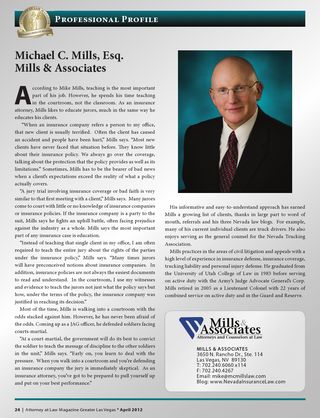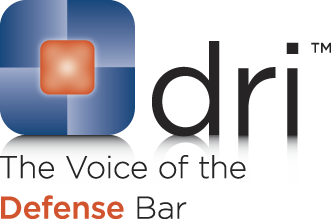 Sarah Alcantara’s dad died following an assault in a Wal-Mart parking lot.
Sarah Alcantara’s dad died following an assault in a Wal-Mart parking lot.
Sarah was a minor. Sarah’s mom hired an attorney to recover from Wal-Mart. The attorney filed suit for the wrongful death of Sarah’s dad.
NRS 41.085 provides that intestate heirs can recover for wrongful death and recover for their grief or sorrow, loss of probable support, companionship, society, comfort and consortium, and damages for pain, suffering or disfigurement of the decedent. NRS 41.085(4). Sarah was one of her father’s heirs so she qualified to bring the suit.
However, before Sarah’s suit was filed, the decedent’s Estate had also filed a suit. Nevada Insurance Law Blog has treated the topic of Nevada’s wrongful death scheme in an earlier post HERE. Both the heirs and the Estate have independent causes of action that “may be joined”. NRS 41.085(2) and (3). The damages that heirs can recover are different from the damages that the Estate can recover.
The Estate’s claim went to trial. A jury found that Wal-Mart was not negligent in the death of Sarah’s dad.
Relying on the argument that the heir’s claim was separate, Sarah continued to pursue her suit. However, Wal-Mart filed a Motion for Summary Judgment. Wal-Mart argued that even though Sarah had a claim separate from the Estate and from the other heirs, she could not proceed with her suit. Walmart argued both Claims Preclusion and Issue Preclusion.
The difference between the two doctrines is spelled out in the case of Alcantara v. Wal-Mart Stores, Inc., 321 P.3d 912 (Nev. 2014). The distinction between the two doctrines here is that Sarah was not a party to the Estate’s suit, so there could be no claims preclusion.
The court did say however that Sarah and the Estate were in “privity” with one another allowing “issue preclusion” to prevent Sarah’s case from going forward. The court looked at the elements of “issue preclusion”
For this doctrine to apply, the following four elements must be met:
“(1) the issue decided in the prior litigation must be identical to the issue presented in the current action; (2) the initial ruling must have been on the merits and have become final; . . . (3) the party against whom the judgment is asserted must have been a party or in privity with a party to the prior litigation”; and (4) the issue was actually and necessarily litigated.
Five Star, 124 Nev.at 1055, 194 P.3d at 713 [**9] (alteration in original) (quoting Tarkanian, 110 Nev. at 598, 879 P.2d at 1191).
Alcantara v. Wal-Mart Stores, Inc., 321 P.3d 912, 916 (Nev. 2014)
The court applied the definition of privity found in Restatement (Second) of Judgments section 41. The Alcantara court found that the heir and the Estate were in privity and that all of the other elements of issue preclusion had been satisfied. The Nevada Supreme Court affirmed the decision of the trial court.
 Follow
Follow Email
Email


